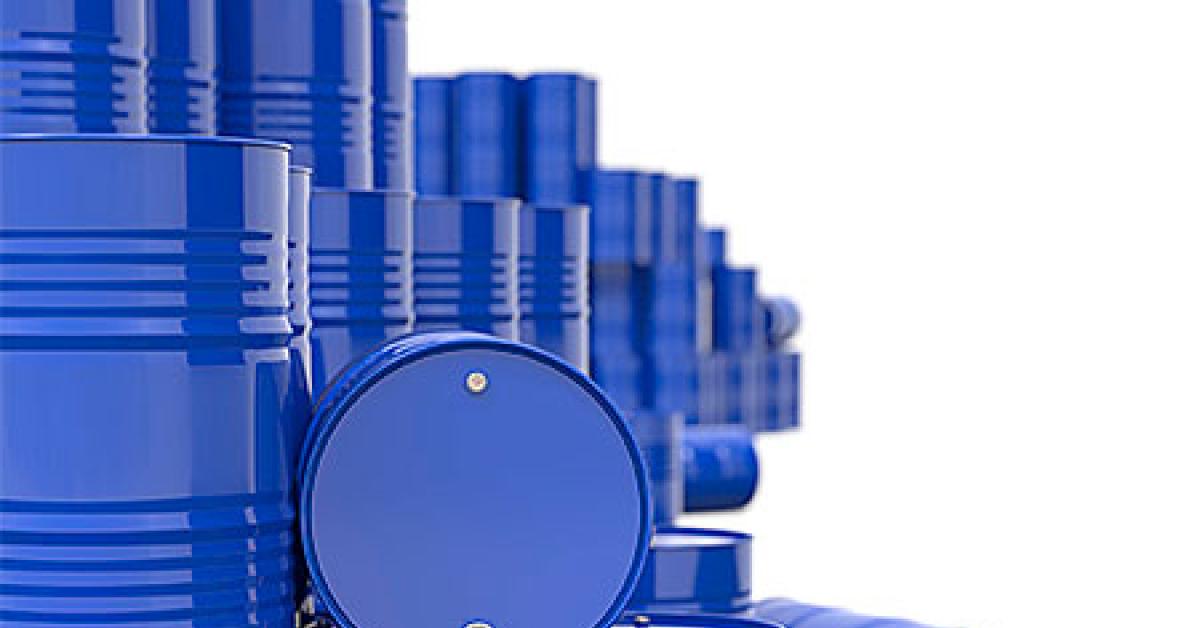CHICAGO — Many dry cleaners produce hazardous waste that is strictly regulated by federal and state authorities. Modern equipment and better operational measures have served to prevent or curtail site or groundwater contamination from drycleaning-related discharges in recent years, but even the most conscientious operator can run into a problem now and then.
While there are alternative solvents in use in the industry, perchloroethylene, or perc, has been the “solvent of choice since the 1960s,” according to the State Coalition for Remediation of Drycleaners (SCRD). Approximately 28,000 U.S. dry cleaners use perc today, says the U.S. Environmental Protection Agency.
Last year, the EPA officially characterized perc as a “likely human carcinogen.” The agency has taken several significant actions to reduce exposure, including clean air standards for dry cleaners that use perc, as well as limits on the amount of perc allowed in drinking water.
Hydrogeologist Steve Henshaw, P.G., is president and CEO of EnviroForensics, an Indianapolis-based company that specializes in representing dry cleaners in environmental investigation and remediation matters. He estimates his firm has been involved with several hundred dry cleaners across the country since its inception 18 years ago.
He estimates that more than 95% of dry cleaners, through no fault of their own, have some amount of contamination in the soil or groundwater if they’ve used perc. This is because enforcement levels are so low—he equates them to a thimble full of liquid in an Olympic-size swimming pool.
“Even under the best of circumstances, dry cleaners can have unexpected and unintended accidents, spills, boil-overs, that can cause the release to get into the surrounding groundwater,” he says.
Some common discharge sources, according to Environmental Waste Management Associates, a New Jersey-based consulting and remediation firm, include:
Sewer lines and slop sinks
Distillation units and storage tanks
Improper handling of spent filters, lint, and still bottoms
Discharge of contact water
Spills during solvent transfer
Release during pre-treatment
Equipment malfunction and/or improper maintenance
Release of perc contaminants through exterior vents
When contamination is feared, a dry cleaner could be on the hook to pay for site assessments and possibly remediation that could, in a worst-case scenario, involve excavation and soil removal.
Unless an obvious problem of some kind is independently reported or detected, the pending sale or refinancing of a property that houses or once housed a dry cleaner often prompts the need to check the site for possible contamination, Henshaw says.
ASSESSMENT AND REMEDIATION
Every property is different, of course, but there is a standard progression to site assessment and testing, David O’Dea is president of Chicago-based Environmental Consulting Group, which provides environmental consulting, testing and remediation services to a host of clients, including dry cleaners.
“When someone is buying a shopping center, or selling one, or wants to investigate their dry cleaner, they contact us and we do a Phase I environmental site assessment to see if there are potential problems,” he says. “Ninety-nine percent of the time, it’s going to go to Phase II.”
Phase I is a “non-intrusive study involving site research, historical research, a site visit and inspection,” he describes. “A report is generated saying everything is OK or, alternatively, we see potential problems and recommend a Phase II.”
Phase II assessments generally involve soil and groundwater testing. The company takes soil borings inside and outside the facility, then tests the soil for drycleaning contaminants, particularly perc and its “breakdown products.”
“If all samples come back clean or below a certain level, then that’s where it ends, usually. … Alternatively, samples come back contaminated, show contamination above the criteria.”
Determining the extent of contamination then leads to deciding the course for remediation.
In the past, O’Dea says, on sites that were found to be contaminated, soil classified as hazardous waste was removed, “which could be a very expensive process.”
In some instances, companies like O’Dea’s are able to remediate sans soil removal by utilizing an in-situ process. “Certain benign chemicals are injected into soils at fairly high pressure. They get distributed through the soil and groundwater, and they react with perchloroethylene and the breakdown products, and basically transform them [into substances that are not considered to be contaminants].”
A dry cleaner can maintain operations while the in-situ process is ongoing. The time it takes will depend on the extent and severity of contamination. “A typical drycleaner site in a strip mall could be cleaned up within a year’s time,” O’Dea says.
In Illinois, the ultimate goal for seller or buyer is to obtain a “No Further Remediation (NFR)” letter, O’Dea says. This written confirmation from an environmental oversight board confirms that any contaminants there have been properly addressed.
Check back Monday for the conclusion!
Have a question or comment? E-mail our editor Dave Davis at [email protected].

